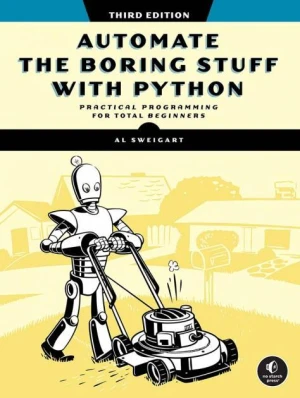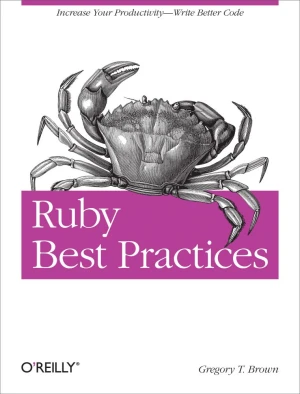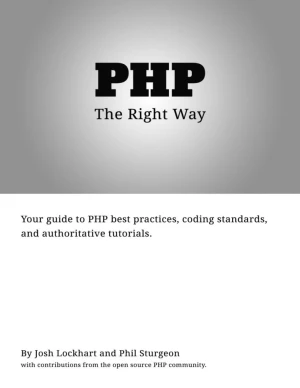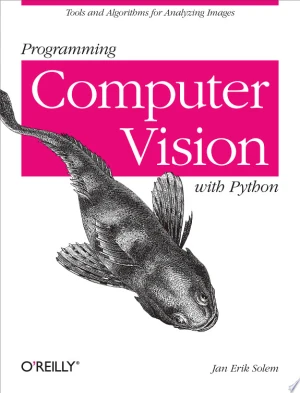Beyond the Basic Stuff with Python
Best Practices for Writing Clean Code
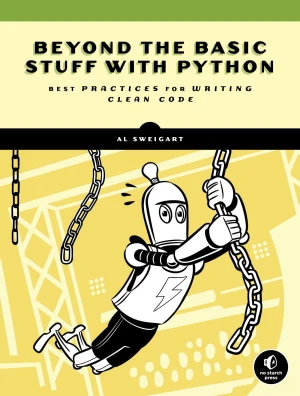
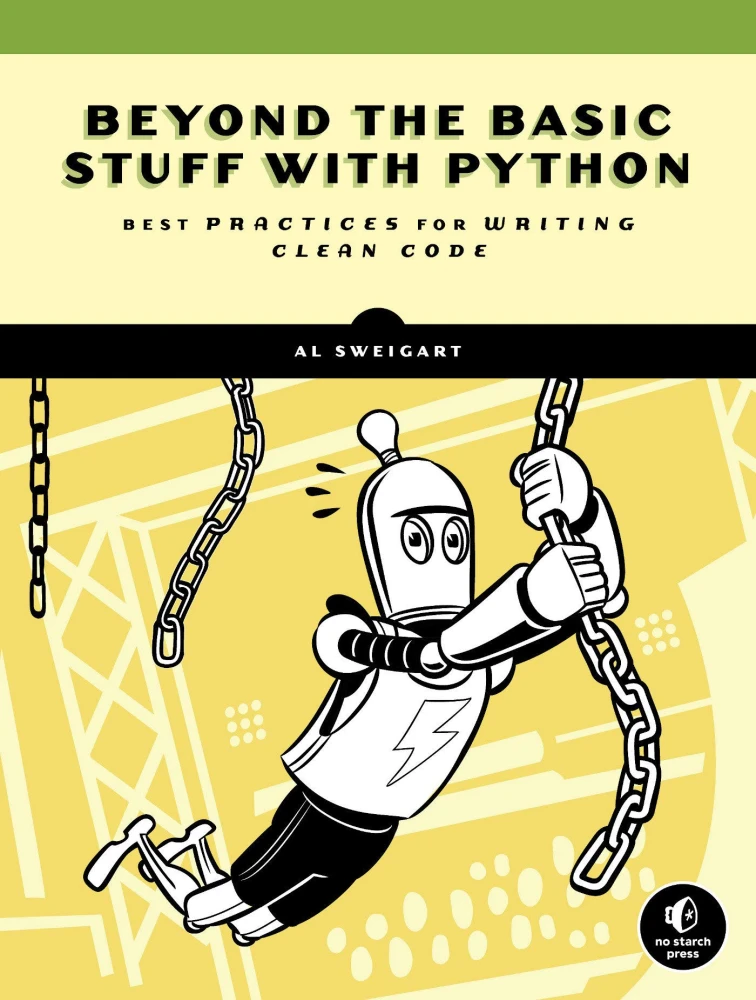
Book Details
| Author | Al Sweigart |
| Publisher | No Starch Press |
| Published | 2020 |
| Edition | 1st |
| Paperback | 384 pages |
| Language | English |
| ISBN-13 | 9781593279660 |
| ISBN-10 | 1593279663 |
| License | Open Access |
Book Description
You've completed a basic Python programming tutorial or finished Al Sweigart's best selling Automate the Boring Stuff with Python. What's the next step toward becoming a capable, confident software developer? Welcome to Beyond the Basic Stuff with Python. More than a mere collection of advanced syntax and masterful tips for writing clean code, this book will teach you how to advance your Python programming skills by using the command line and other professional tools like code formatters, type checkers, linters, and version control. Sweigart takes you through best practices for setting up your development environment, naming variables, and improving readability, then tackles documentation, organization and performance measurement, as well as object-oriented design and the Big-O algorithm analysis commonly used in coding interviews. The skills you learn will boost your ability to program - not just in Python but in any language.
You'll learn:
- Coding style, and how to use Python's Black auto-formatting tool for cleaner code
- Common sources of bugs, and how to detect them with static analyzers
- How to structure the files in your code projects with the Cookiecutter template tool
- Functional programming techniques like lambda and higher-order functions
- How to profile the speed of your code with Python's built-in timeit and cProfile modules
- The computer science behind Big-O algorithm analysis
- How to make your comments and docstrings informative, and how often to write them
- How to create classes in object-oriented programming, and why they're used to organize code
Toward the end of the book you'll read a detailed source-code breakdown of two classic command-line games, the Tower of Hanoi (a logic puzzle) and Four-in-a-Row (a two-player tile-dropping game), and a breakdown of how their code follows the book's best practices. You'll test your skills by implementing the program yourself. Of course, no single book can make you a professional software developer. But Beyond the Basic Stuff with Python will get you further down that path and make you a better programmer in the process as you learn to write readable code that's easy to debug and perfectly Pythonic.
This book is published as open-access, which means it is freely available to read, download, and share without restrictions.
If you enjoyed the book and would like to support the author, you can purchase a printed copy (hardcover or paperback) from official retailers.
Download and Read Links
Share this Book
[localhost]# find . -name "*Similar_Books*"
Automate the Boring Stuff with Python, 3rd Edition
If you've ever spent hours renaming files or updating hundreds of spreadsheet cells, you know how tedious tasks like these can be. But what if you could have your computer do this work for you? In this fully revised third edition of Automate the Boring Stuff with Python, you'll learn how to use Python to write programs that do in minutes what would
Programming for Computations - Python, 2nd Edition
This book presents computer programming as a key method for solving mathematical problems. This second edition of the well-received book has been extensively revised: All code is now written in Python version 3.6 (no longer version 2.7). In addition, the two first chapters of the previous edition have been extended and split up into five new chapte
Hacking Secret Ciphers with Python
There are many books that teach beginners how to write secret messages using ciphers. There are a couple books that teach beginners how to hack ciphers. As far as I can tell, there are no books to teach beginners how to write programs to hack ciphers. This book fills that gap. This book is for complete beginners who do not know anything about encry
Ruby Best Practices
How do you write truly elegant code with Ruby? Ruby Best Practices is for programmers who want to use Ruby as experienced Rubyists do. Written by the developer of the Ruby project Prawn, this concise book explains how to design beautiful APIs and domain-specific languages with Ruby, as well as how to work with functional programming ideas and techn
PHP: The Right Way
There's a lot of outdated information on the Web that leads new PHP users astray, propagating bad practices and insecure code. PHP: The Right Way is an easy-to-read, quick reference for PHP popular coding standards, links to authoritative tutorials around the Web and what the contributors consider to be best practices at the present time. There is
Programming Computer Vision with Python
If you want a basic understanding of computer vision's underlying theory and algorithms, this hands-on introduction is the ideal place to start. You'll learn techniques for object recognition, 3D reconstruction, stereo imaging, augmented reality, and other computer vision applications as you follow clear examples written in Python. Programming Comp

